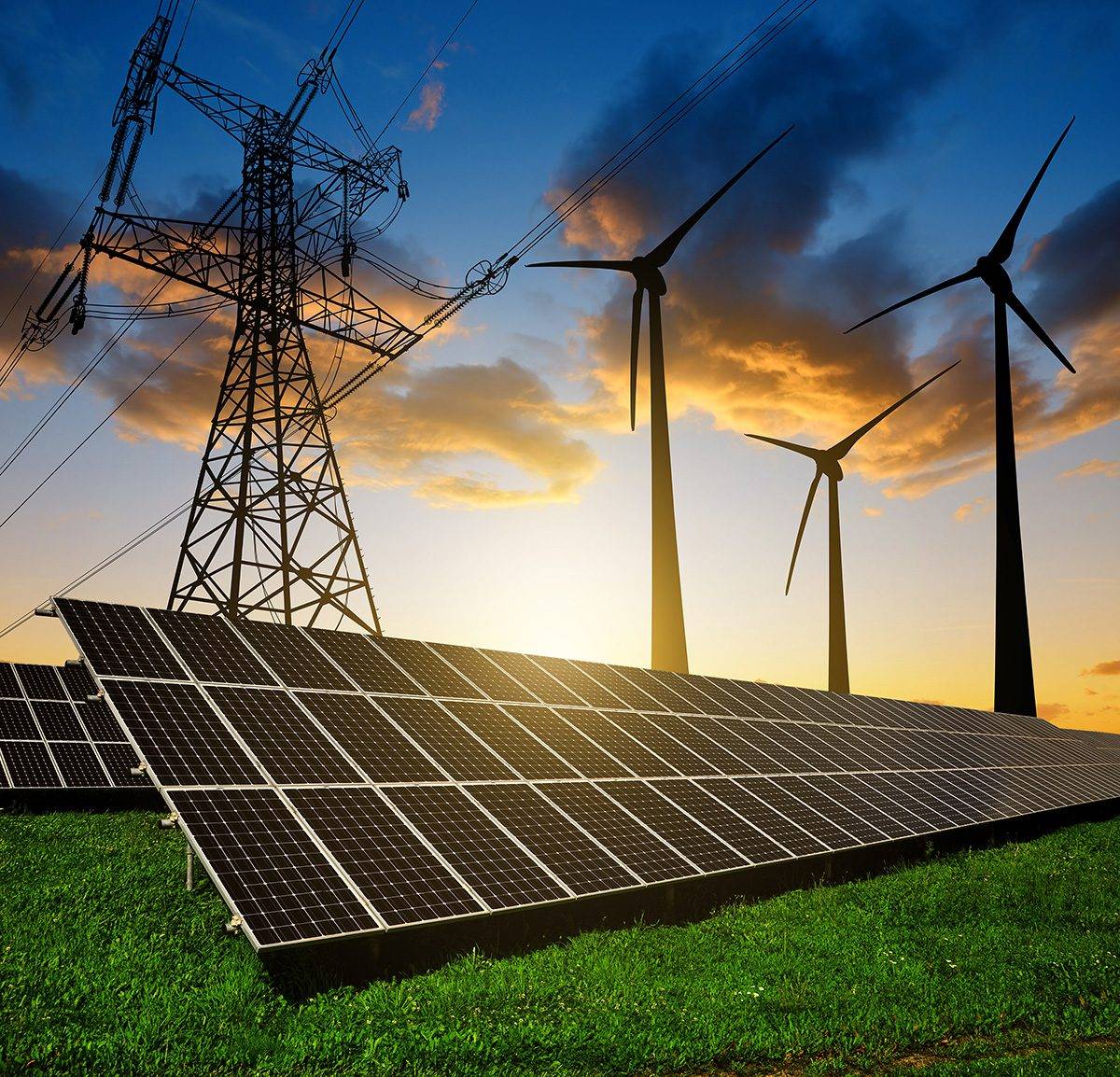Inside South Africa’s New Energy Plan: Key Highlights

Over 90 per cent of electricity generation capacity in South Africa currently relies on fossil fuels, majorly coal. The heavy reliance on coal has put the Southern African country on the spot for being one of the largest emitters of CO2 worldwide and for being home to one of the world’s worst air pollution spots.
Eskom, a state-owned power utility earlier admitted that air pollution from its coal power plants kills about 333 people a year. Their data clashes with other research findings like one for Desktop research by civil society group which estimates that the power utility’s coal plants are responsible for 2,200 deaths annually.
The country, known to be Africa’s most industrialized, owed to recent developments coupled with challenges that come with excessive dependence on coal, has been keen to move away from over-relying on coal.
The Cyril Ramaphosa-led country through the Department of Energy has published an Integrated Resource Plan (IRP 2019) analyzing how the country plans to balance the energy mix for the next decade.
From the blueprint which has outlined the energy plan, it is clear that South Africa will rely less on coal and more on renewable energy moving forward.
The Energy Department released the document for public comment.
Key highlights from the Integrated Resource Plan
Coal will continue to play a significant role in the electricity generation in South Africa, as it is the largest base of the installed generation capacity and it makes up the largest share of energy generated.
Due to the design life of the existing coal fleet and the abundance of coal resources, new investments will need to be made in more efficient coal technologies.
South Africa will extend the life of Koeberg Power Station which will reach its end of life in 2024 by expanding the nuclear power program into the future to avoid the demise of the nuclear power program.
South Africa is keen to have the additional nuclear capacity and will be on the lookout for small nuclear units which are more manageable. Gas power will provide the flexibility required to complement intermittent renewable energy and meet demand during peak hours.
“While in the short-term, the opportunity is to pursue gas import options, local and regional gas resources will allow for scaling up within manageable risk levels,” the document highlighted.
The country is exploring into partnerships with neighboring countries “for joint exploitation and beneficiation of natural gas within the SADC region.”
Worthy to note, the government reiterated that given the vast coal deposits, technological innovations to enable more environmentally friendlier exploitation and use of coal will be explored.
The additional capacity mix to the energy mix entailed in the IRP 2019 for the period up to 2030 are as follows: 14,400 MW from wind, 6,000 MW from solar, 3,000 MW from gas, 2,088 MW from storage, 2,500 MW from hydro and 1,500 MW of generation from coal.
South Africa is lucky to have excellent solar and wind resources at its disposal which would spur investments in renewable energy.
Currently, renewable power sources account for just under 3 per cent of South Africa’s national electricity supply.
Featured Image Courtesy: iStock/vencavolrab)